Coffee is one of the most beloved beverages around the world, enjoyed by millions every day in various forms—whether as a simple espresso, a creamy latte, or a frothy cappuccino. But have you ever wondered where do coffee beans come from, and how they make their way into your cup?
The story of coffee begins long before it reaches your mug, and it starts with the coffee plant itself, grown in tropical climates known as the “coffee belt.”
The Origin of Coffee Beans

The coffee plant, known as Coffea, grows in countries within the tropical belt that stretches between the Tropics of Cancer and Capricorn. This includes regions in Latin America, Africa, Asia, and the Pacific Islands.
The conditions found in these regions—high altitudes, rich soil, and moderate rainfall—are ideal for coffee cultivation. When people ask where do coffee beans come from, the answer lies in these areas, particularly in countries like Ethiopia, Colombia, Brazil, and Vietnam, which are some of the largest producers of coffee beans globally.
Ethiopia: The Birthplace of Coffee
Ethiopia is often considered the birthplace of coffee. According to popular legend, a goat herder named Kaldi discovered the energizing effects of coffee when his goats became unusually energetic after eating the berries from a specific shrub.
This shrub, later identified as the coffee plant, spread across the globe, making Ethiopia a significant part of the question: where do coffee beans come from? Today, Ethiopia continues to produce some of the best coffee beans, known for their fruity, floral, and bright flavors.
The Coffee Plant and Its Varieties
Coffee comes in two primary species: Arabica and Robusta, both of which are grown for different reasons. Arabica beans are known for their smooth flavor and are often grown in higher altitudes in cooler climates. These beans tend to produce coffee with a milder and more complex flavor profile.
On the other hand, Robusta beans are heartier, more bitter, and contain more caffeine. They are typically grown in warmer, lower-altitude regions and are often found in instant coffee blends or espresso.
When you ask where do coffee beans come from, it’s important to note that different varieties of coffee are cultivated in various regions depending on the climate and altitude, which influence the final flavor of the coffee beans.
The Coffee Growing Process
The journey of a coffee bean from seed to your cup is a lengthy one. First, the coffee seeds are planted in nurseries where they are cared for in shaded conditions to protect them from the harsh sun. Once they are strong enough, the plants are moved to larger coffee fields.
Here, they flourish for several years before producing their first fruit, known as coffee cherries. The cherries are green at first but turn red as they ripen, signaling that the beans inside are ready for harvest.
When the question where do coffee beans come from is asked, it’s worth noting that coffee is grown in regions where the environment plays a crucial role. The right balance of sunlight, rainfall, and temperature is necessary to ensure the best growth for coffee plants.
Harvesting and Processing Coffee Beans

After the cherries ripen, they are harvested by hand or by machine, with the latter being more common in larger operations. Once harvested, the cherries must undergo processing to extract the coffee beans inside. There are two main methods: wet processing and dry processing.
Wet processing involves removing the outer skin of the cherry and fermenting the beans to remove the sticky pulp. This method is common in regions where the beans have a lighter, fruitier taste, such as in Latin America. Dry processing, on the other hand, involves drying the whole cherry in the sun before removing the skin, and is more commonly used in regions like Africa.
After the beans are processed, they are dried and prepared for roasting. It’s at this stage that the beans’ journey towards becoming the aromatic beverage we love truly begins. The method of processing coffee beans significantly influences the flavor of the final product, making it an important part of understanding where do coffee beans come from.
The Roasting Process
Once the coffee beans are dried, they are roasted to develop the flavors we associate with coffee. The roasting process involves heating the beans to high temperatures, causing chemical reactions that transform the beans’ color, aroma, and taste.
Coffee beans expand, crack, and change in flavor during roasting, with light roasts preserving more of the beans’ original flavors, while darker roasts produce richer, bolder coffee.
Roasting is a crucial step in determining the flavor profile of the coffee, which is why different regions known for producing coffee beans—such as Colombia, Ethiopia, and Brazil—are recognized for specific flavor profiles.
Whether you’re sipping a smooth Colombian coffee or a robust Brazilian brew, understanding where do coffee beans come from helps to appreciate how regional characteristics shape the flavors in your cup.
From Bean to Cup: The Final Journey
After the coffee beans are roasted, they are ground to a specific coarseness depending on the brewing method—whether it’s for espresso, drip coffee, French press, or cold brew. The ground coffee is then brewed to extract the flavor, resulting in the beverage that millions of people around the world enjoy daily.
The process from seed to cup is a long one, and when you think about where do coffee beans come from, you realize that it’s not just about the bean but about the entire process from cultivation to brewing. Each step influences the final taste and experience, making coffee not only a drink but a journey in itself.
Coffee Bean Regions Around the World
The flavor of coffee is greatly influenced by the region where the beans are grown. For instance, Colombian coffee is renowned for its smooth, balanced flavors with mild acidity, while Kenyan coffee is known for its bold, fruity flavors with bright acidity. Brazil, as the largest coffee producer, offers beans that are rich, chocolatey, and nutty, and Ethiopia is famous for its vibrant, floral, and fruity coffees.
Regions with different climates and soils produce coffee with distinct flavor profiles, and this plays into the global coffee industry. If you’re ever curious about where do coffee beans come from, just consider the specific region.
The Future of Coffee: Sustainability and Climate Change
As global demand for coffee continues to rise, the industry faces challenges like climate change, which impacts coffee production. Rising temperatures, changing rainfall patterns, and more frequent extreme weather events threaten coffee crops, particularly in regions that are highly dependent on specific growing conditions.
Coffee farmers are increasingly looking for ways to adapt to these changes, including developing climate-resistant coffee varieties and adopting sustainable farming practices.
The question of where do coffee beans come from has become more critical than ever, as sustainability and climate resilience are now key factors in ensuring that future generations can continue to enjoy coffee. Supporting sustainable coffee farming practices, such as fair trade certification and organic farming, is an important step in addressing these challenges.
Discover the Origins of Coffee and Taste the Diversity
Now that you know where do coffee beans come from, why not experience the rich diversity of flavors from different regions of the world with FnB Coffee? At FnB Coffee, we offer an extensive collection of over 50+ variants of Indonesian coffee beans, each sourced from some of the most renowned coffee-growing regions in Indonesia.
Whether you’re a coffee connoisseur or just beginning your coffee journey, our wide selection ensures that you’ll find the perfect brew to match your taste preferences. With each batch, we aim to bring you the essence of Indonesia’s rich coffee culture, so you can enjoy the freshest, most flavorful coffee right at home.
So, explore our extensive collection today and bring home the best of Indonesian coffee with FnB Coffee.


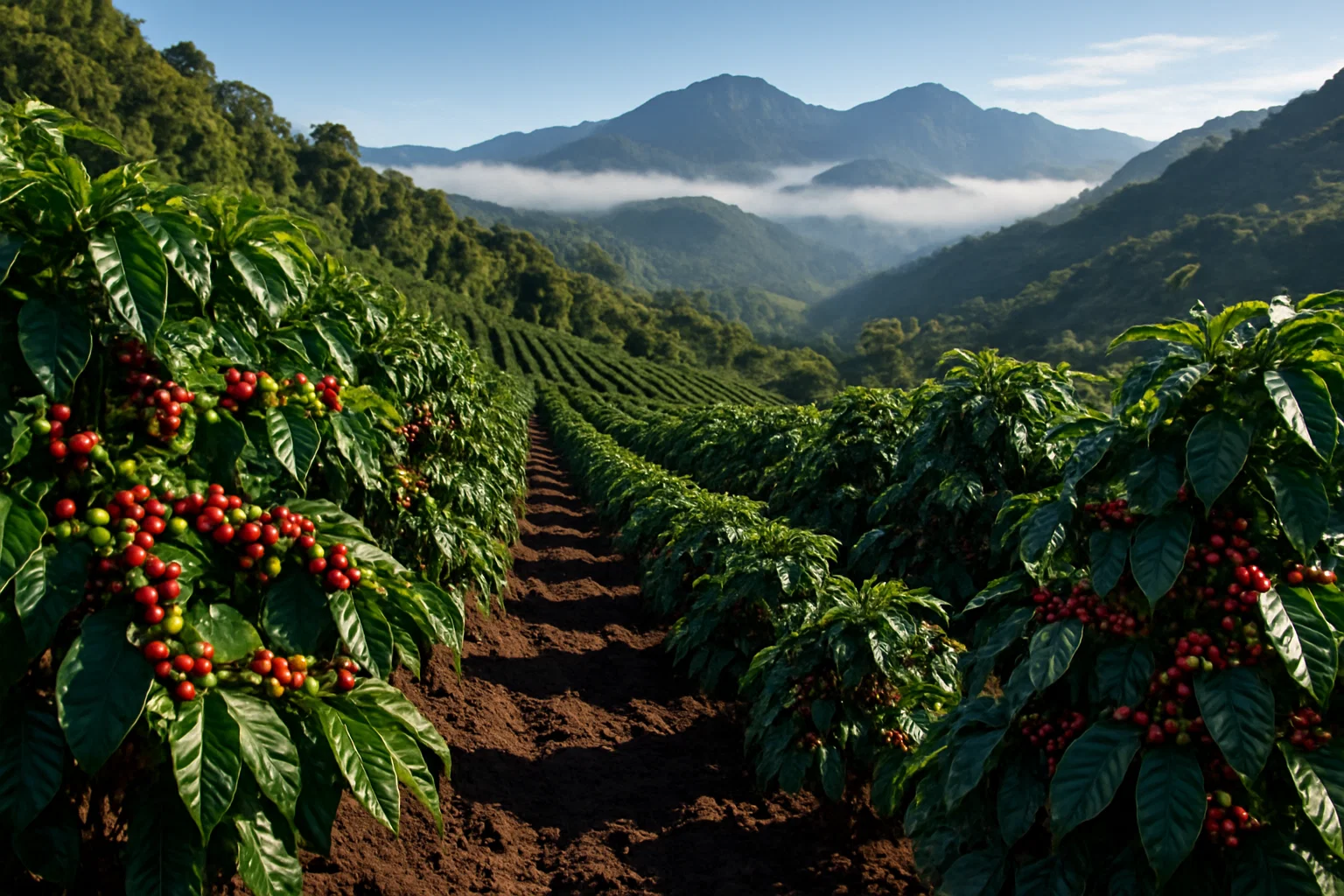



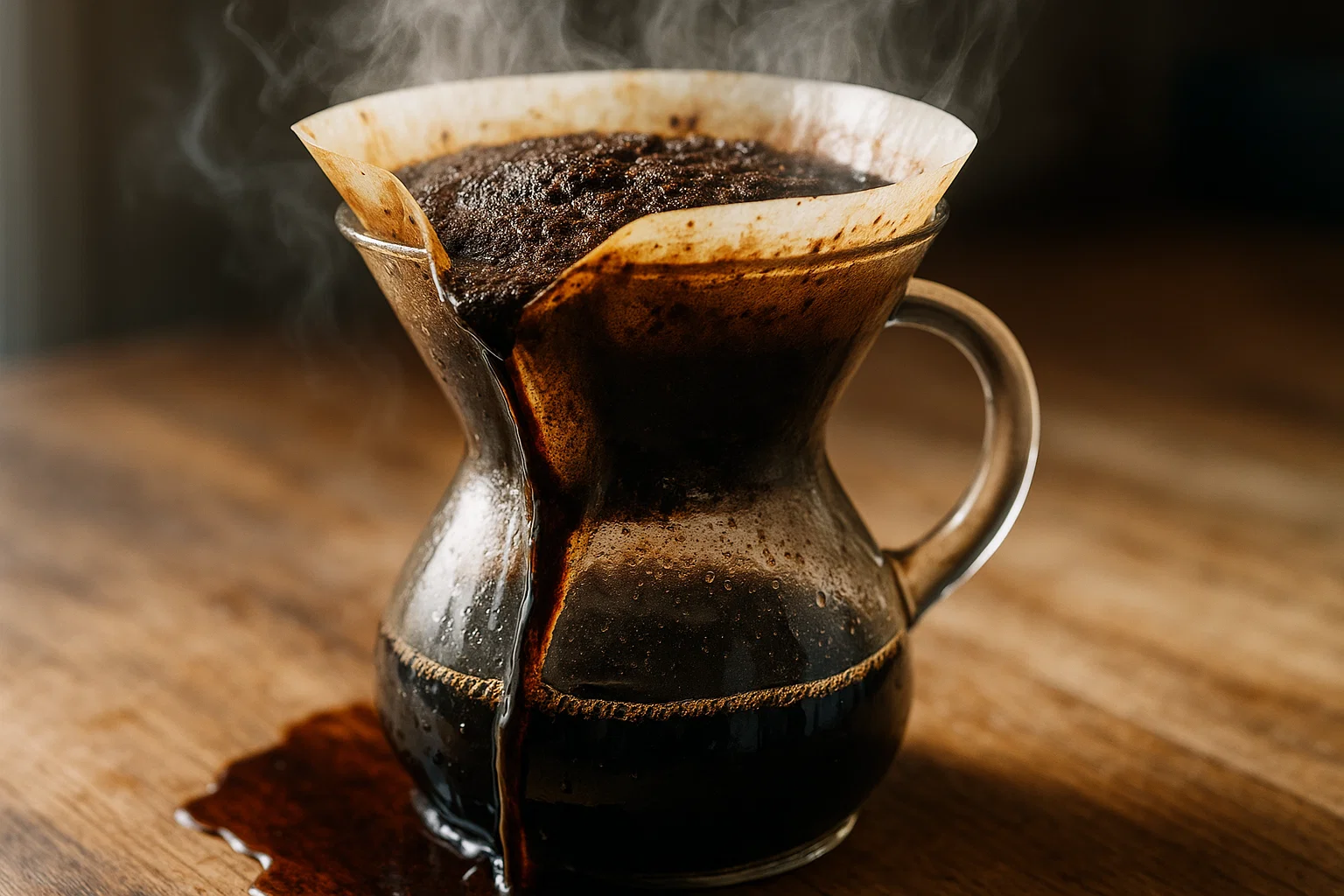
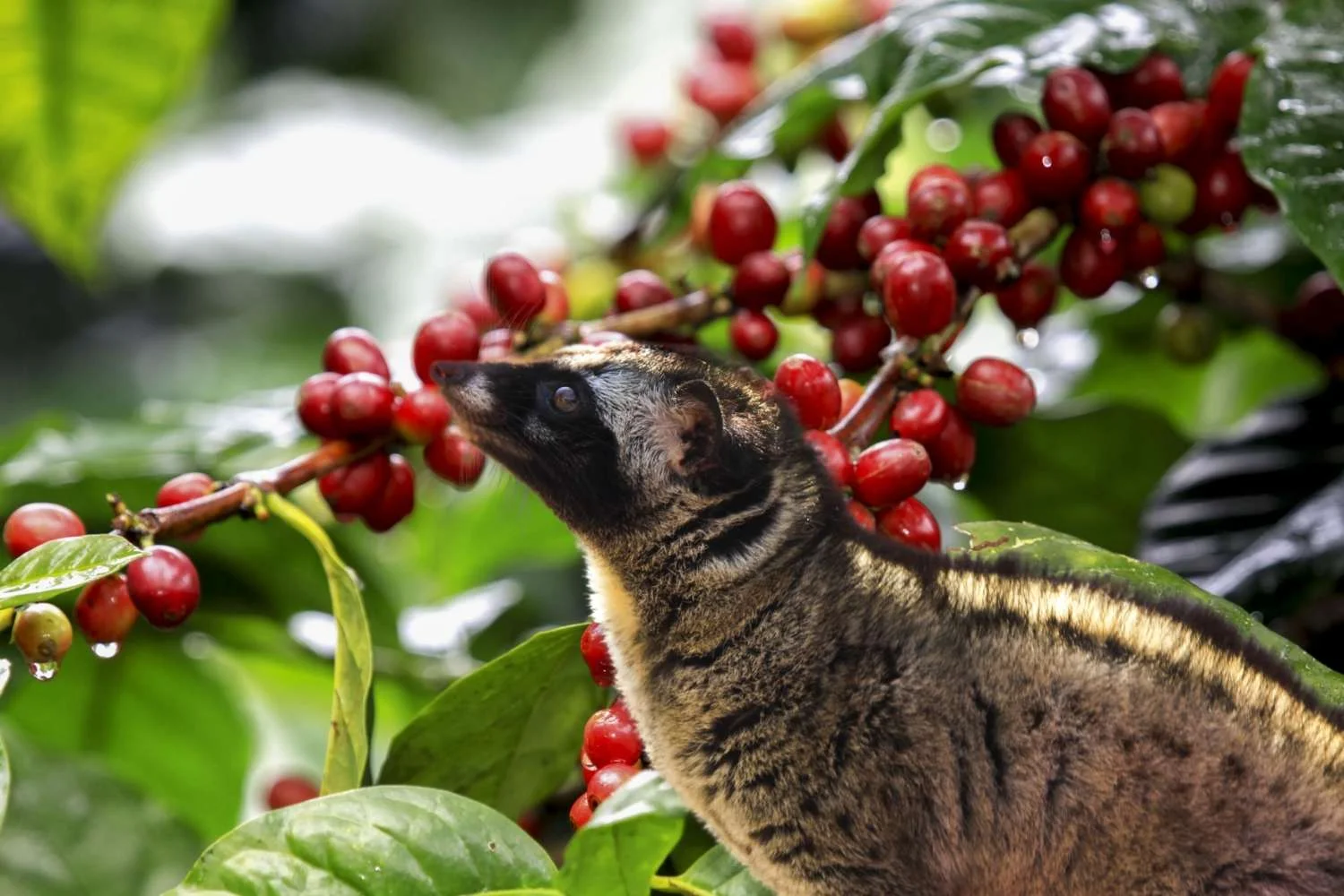
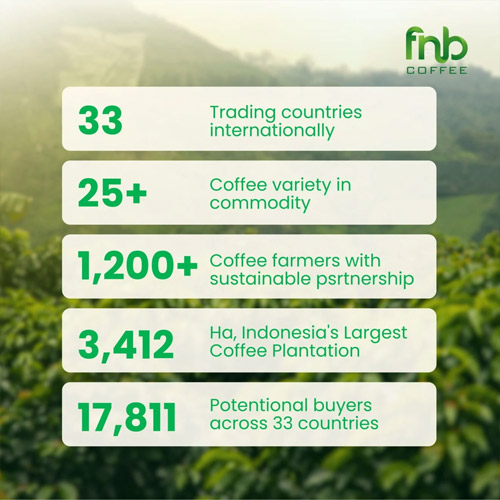

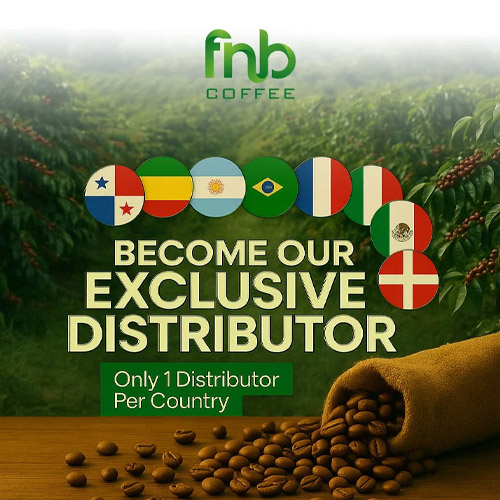







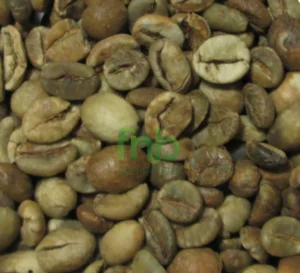
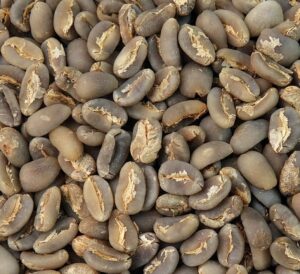








 Arabic
Arabic Chinese (Simplified)
Chinese (Simplified) Dutch
Dutch English
English French
French German
German Indonesian
Indonesian Italian
Italian Japanese
Japanese Portuguese
Portuguese Russian
Russian Spanish
Spanish